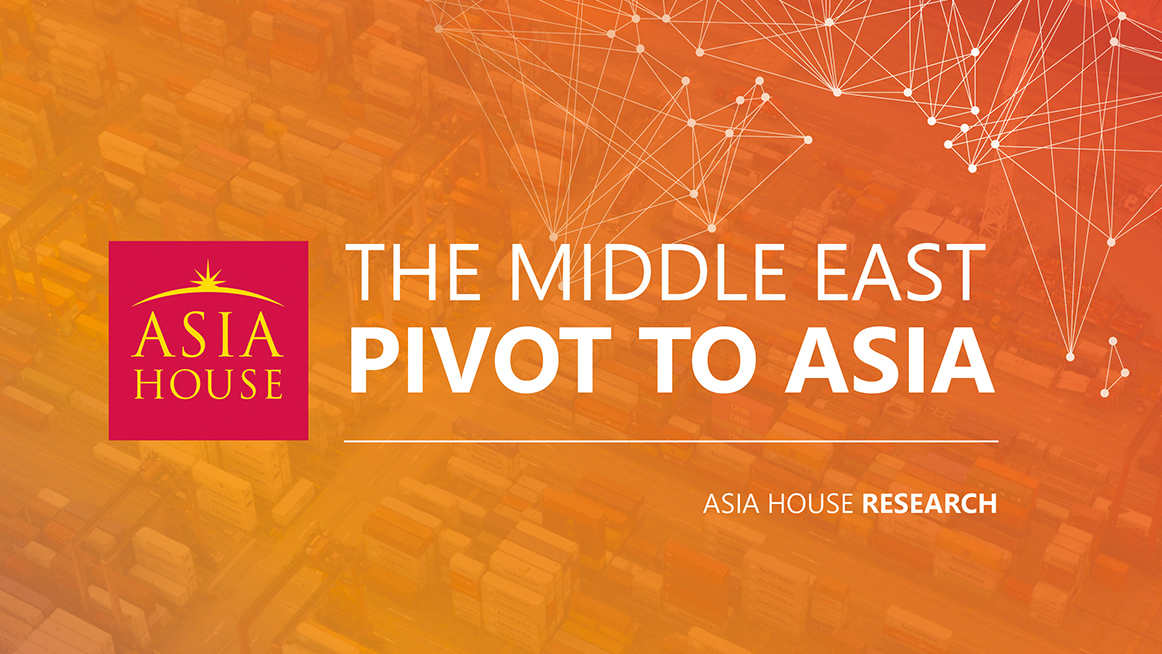Driving commercial and political engagement between Asia, the Middle East and Europe
Driving commercial and political engagement between Asia, the Middle East and Europe
Driving commercial and political engagement between Asia, the Middle East and Europe

The Gulf’s trade with emerging Asia* increased by 36 per cent in the decade before the pandemic, and will climb to approximately US$480 billion by 2030 – exceeding the GCC’s trade with advanced economies for the first time, according to new research by Asia House.
The London-based think tank found that trade between the Gulf Cooperation Council states (GCC) and emerging economies in Asia, including China and India, expanded to US$336 billion in 2019, compared to US$247 billion in 2010. At the same time, GCC trade with advanced economies, which includes the US, UK, and Euro Area, slowed.
In 2015, advanced economies accounted for just under 40 per cent of GCC trade, while emerging Asian markets accounted for 22 per cent. By 2020, advanced economies’ share of GCC trade had shrunk to 32 per cent, while emerging Asia’s share had grown to 27 per cent.
The GCC’s trade with emerging Asia is growing at an annual rate of five per cent, the research found, putting it on course to hit US$480 billion by 2030 – more than the estimated value of GCC trade with advanced economies.
Other key findings in the Middle East Pivot to Asia report, include:
Michael Lawrence, Chief Executive of Asia House, said: “What we’ve identified is a clear trend of accelerated trade growth between GCC economies and Asia, which has the potential to shift the global trade balance.
“If these trends continue – and our research identifies strong indicators that they will – then emerging Asian markets will be the Gulf’s most important trading partners within the next ten years, bringing a range of economic and geopolitical implications to the Middle East and beyond.
“While oil will remain the central export despite climate pledges, the diversification of Gulf economies means the mix will change over time.”
Freddie Neve, Middle East Associate at Asia House, said: “Deeper economic cooperation between the GCC and Asia will be a key geopolitical trend over the next decade. There will be plenty of opportunities for businesses in both regions to capitalise, particularly given that we are seeing growing interest from GCC sovereign wealth funds in Asian markets.”
*‘Emerging Asia’ refers to the IMF’s ‘Emerging and Developing Asia’ list of 34 Asian economies that includes China, India, and the majority of ASEAN members, but excludes advanced Asian economies such as Japan, Singapore, South Korea, Hong Kong, Macao, Taiwan, Australia, and New Zealand. ‘Advanced economies’ refers to an IMF list of 40 economies, including traditional GCC trading partners such as the US, UK, and Euro Area. Some Asian economies are included in this list, including Japan, Singapore, South Korea, Hong Kong, Macao, Taiwan, Australia, and New Zealand.
